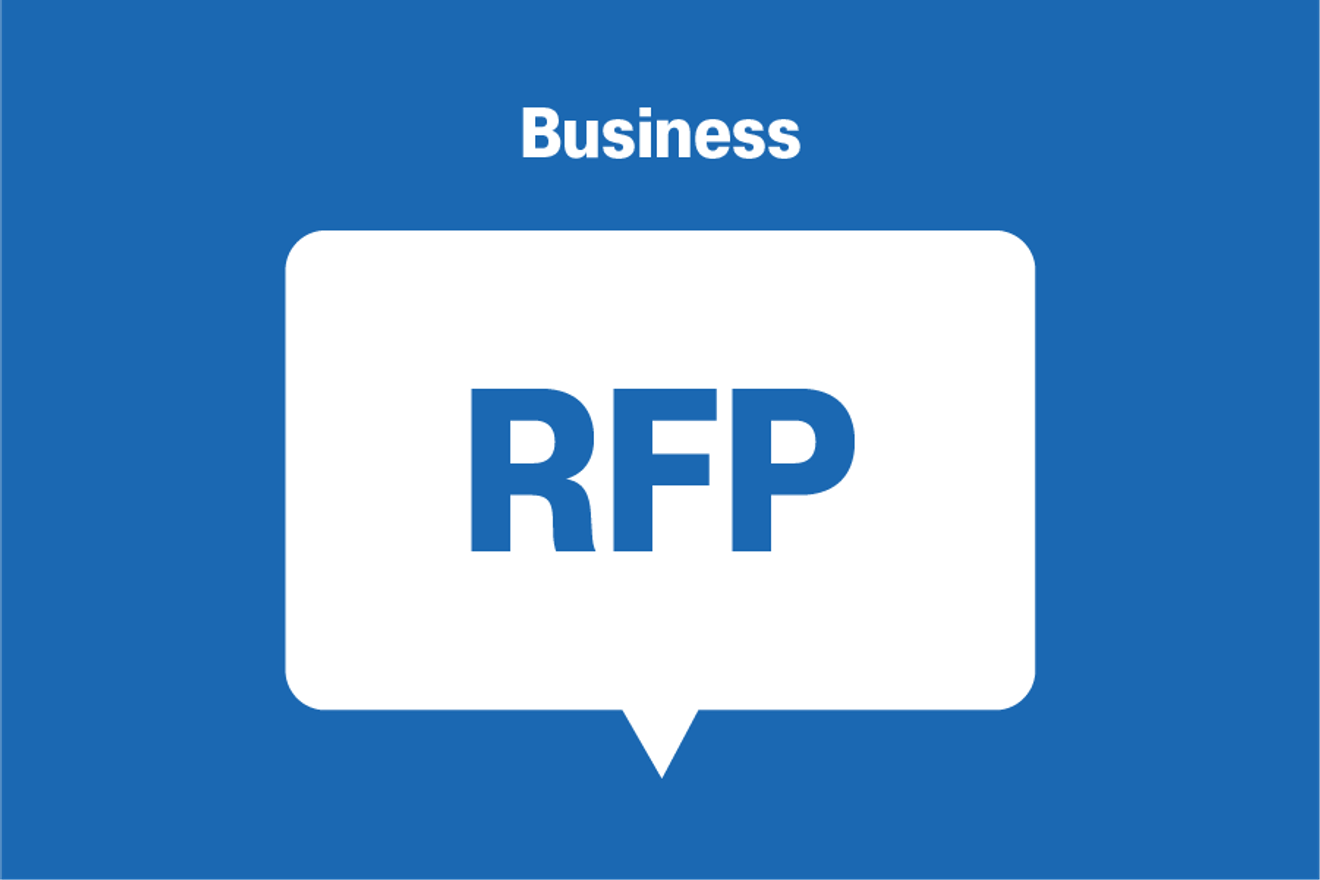Subject
- #RFP
- #Project Requirements
- #Project Schedule
- #Evaluation Criteria
- #Proposal Writing
Created: 2024-05-16
Created: 2024-05-16 12:35
RFP (Request for Proposal) refers to a request for proposal for a specific project or service. It is a document in which an organization explains a project to external suppliers or service providers and requests them to submit a detailed proposal. RFPs are primarily used by companies, government agencies, non-profit organizations, etc., and help select the optimal supplier by clearly defining the project's objectives, requirements, and evaluation criteria. It's common practice to send a request for proposal and ask for consideration of bidding based on the accompanying documents.
Companies that receive an RFP can decide whether or not to bid. If they decide to bid, they submit a proposal along with a quotation. The usual timeframe for submission is typically 1 to 2 weeks.

What is an RFP (Request for Proposal)?
This request for proposal details the functions of the project the client wants to create. While it is detailed, you shouldn't believe that it contains 100% of all functions. Things that seem obvious, like personal information handling or simple functions, might be missing from the RFP. Even after receiving the RFP, you should carefully examine it for missing parts and contact the client to confirm whether they do not require those parts.
**Don't hesitate to ask questions when they encourage you to do so after sending the RFP!**
After that, you can create and send a quotation based on the RFP. Including features or suggestions that the client didn't anticipate can increase the likelihood of winning the bid. However, since price is also a factor in the evaluation criteria, it's not advisable to make proposals that would significantly increase the price.
1. Project Overview:
Provides a brief description of the project's purpose and goals. This allows proposers to understand the background and necessity of the project.
2. Detailed Requirements:
Specifies the project's specific requirements and expected deliverables. It may include technical specifications, functional requirements, and performance standards.
3. Proposal Submission Guidelines:
Provides instructions on proposal preparation and submission. It clearly outlines the format, length, submission deadline, and required documents.
4. Evaluation Criteria:
Explains the criteria that will be used to evaluate proposals. This may include price, quality, experience, technical expertise, and adherence to timelines.
5. Project Schedule:
Presents the project's key deadlines and milestones. It includes the start and end dates, as well as intermediate review dates, allowing proposers to develop plans that align with the schedule.
6. Budget:
Specifies the budget allocated to the project. This assists proposers in developing realistic cost estimates and preparing their proposals.
1. Clear Communication:
The RFP is a tool that allows the client to clearly convey their expectations and needs for the project. This helps minimize misunderstandings and ensures that suppliers provide accurate proposals.
2. Fair Competition:
The RFP provides an opportunity to receive proposals fairly from multiple suppliers. This allows the client to review various options and choose the optimal supplier.
3. Risk Management:
By clearly defining the project's requirements and evaluation criteria, the client can manage potential risks beforehand. This increases the likelihood of project success.
1. RFP Preparation:
2. RFP Distribution:
3. Proposal Receipt:
4. Proposal Evaluation:
5. Negotiation and Contract Execution:
Project Overview
Detailed Requirements
Proposal Submission Guidelines
Evaluation Criteria
Project Schedule
Budget
RFPs are crucial documents for the successful execution of a project. They enable clients to communicate clear requirements and select the optimal supplier. Successful RFP writing requires setting clear objectives, defining specific requirements, and establishing fair evaluation criteria. The RFP process can help manage project risks and achieve optimal outcomes.
❗**Good to Know**
While an initial meeting is usually held before requesting an RFP to discuss related matters, the RFP doesn't always contain the exact same information as discussed in the meeting. For instance, a client might initially agree to a cloud server solution but later change their mind and require an on-premise server deployment. Therefore, simply because a matter was discussed beforehand doesn't automatically mean a bid is guaranteed. You should carefully read the RFP, clarify any ambiguities by contacting the client, and only proceed with proposal preparation after deciding to participate in the bidding process.
Comments0